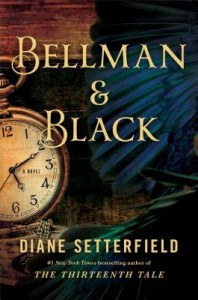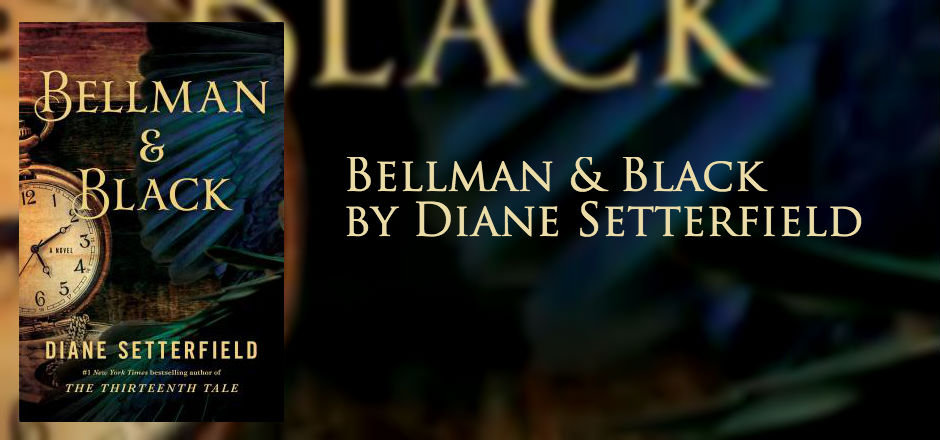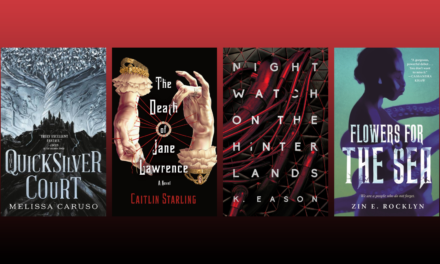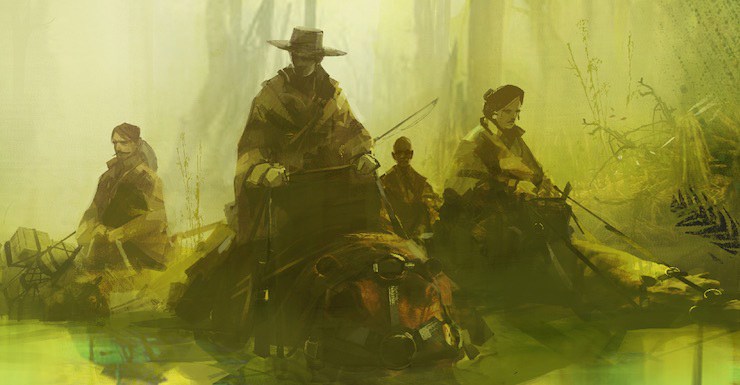Bellman & Black tells the story of William Bellman and how one small action of his as a child (killing a rook with a slingshot and a stone) has harsh consequences even in his adult life. Even though he’s successful in both his business and personal life, his world around him starts to unravel as a mysterious stranger dressed in black starts appearing at significant dark moments in William’s life. When William seems to be at the end of his rope, the stranger approaches him with the idea for a business plan called ‘Bellman & Black,’ and the two strike a bargain.
If you think this brief description sounds like this novel could provide the perfect cocktail of mystery, ghost story, folk tale, and drama, then you know how I felt before I started to read. You can imagine my disappointment when I got none of the above.
 As it stands, Bellman & Black is dull. Too dull for me to shrug it off by saying something like, “it’s just the style” (it’s not) or “it’ll pick up soon” (it doesn’t). In fact, the proposed business plan mentioned above isn’t even set into motion until around page 179, a little more than halfway into the book.
As it stands, Bellman & Black is dull. Too dull for me to shrug it off by saying something like, “it’s just the style” (it’s not) or “it’ll pick up soon” (it doesn’t). In fact, the proposed business plan mentioned above isn’t even set into motion until around page 179, a little more than halfway into the book.
To be clear, I’m not complaining about the fact that it takes so long to get to the focal point of the book – it’s been done before in other books. It’s possible to keep major plot points ‘til the end and still provide a great narrative leading up to them. Unfortunately, the narrative in Bellman & Black that leads up to the business plan’s fruition is so painfully boring – so much so that I felt the need to italicize AND bold it. Setterfield introduces us to a cast of characters that play important roles in William’s life (his mother, his uncle, his wife, his children, etc.) but as a reader I didn’t care about any of them, except maybe his mother.
The problem is that the book follows William so closely – and yet William doesn’t spend time with any of his family because he’s so caught up in working at the mill, where he’s the boss. Thus, because we’re following William to the mill, we leave behind his family much in the same way he does, and we’re robbed of the chance of getting to know them better. What good does that writing choice do if we’re supposed to end up caring about these characters?
The pacing was extremely off-balance too. We spend so much time slugging through William’s adolescence, growth, and early adulthood, and when we finally reach the moment where the business plan is made a reality, I found that I was in the last fourth of the novel. The last 50 or so pages, especially, are so quick to move the story along that I felt like I’d switched from following a dying snail to trying to keep up with Secretariat. It was jarring and discomforting, and though I can almost see the stylistic effect Setterfield might’ve been going for (the events of William’s life are gaining speed and thus the narrative is following along) it’s more important that the reader feel comfortable in the story than the author’s stylistic choice be pandered to for the sake of the author’s self-satisfaction.
To summarize, I’d say that Bellman & Black is a novel with a lot of back-story and description, but a novel in which absolutely nothing interesting happens. And that’s sadder than anything that happens in William’s life during the course of the story.
2 out of 5 stars
Gabby Taub, the Fantasy Reviewer at Girls in Capes, is a senior at New York University studying creative writing. She enjoys reading, writing, watching TV, and spending time getting lost among the bookshelves at Strand Bookstore.






